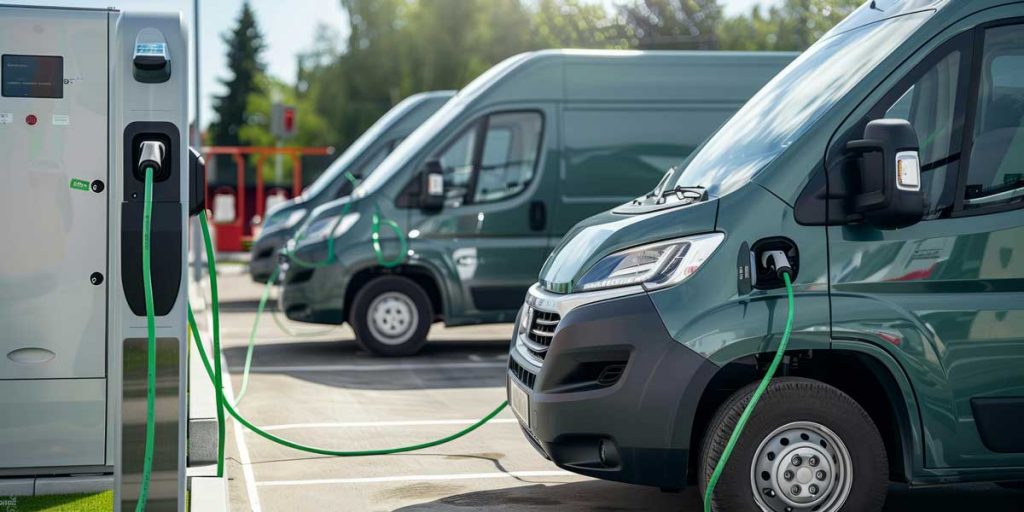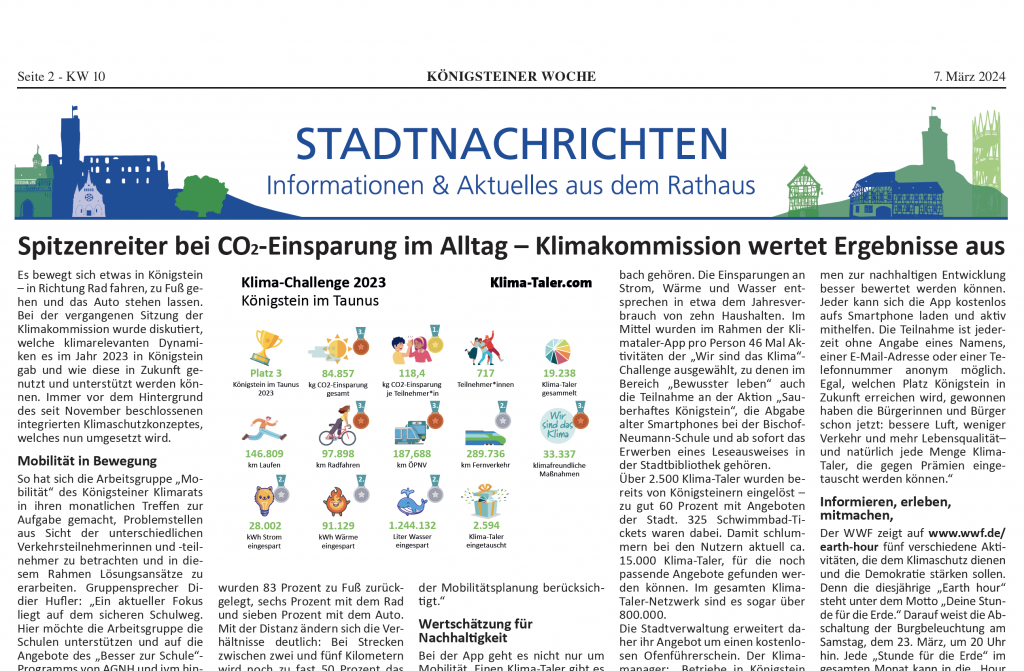
Areas of action and measures contributing to decarbonization
To reduce emissions locally, there are many areas of action at the municipal level:
Municipalities can effectively lower carbon emissions by increasingly relying on renewable energy sources — for example, by installing solar panels on public buildings. Climate-friendly mobility is another key aspect of decarbonization, such as expanding cycling networks, deploying electric bus fleets, or promoting car-sharing services. There are already examples of cities that have achieved car free city centers through such measures.
Another important approach to mitigating the greenhouse effect is the energy-efficient renovation of municipal buildings, which sustainably reduces energy consumption. Promoting climate-neutral heating for private households and public buildings — for instance through district heating networks and heat pumps — also makes a significant contribution. Furthermore, municipalities can support the circular economy and reduce waste to conserve resources and cut emissions. Finally, the creation and expansion of urban green spaces can help bind CO₂ and improve overall quality of life.

To slow global warming and stabilize the climate, a local decarbonization pathways with measurable targets and concrete measures is essential. In the following, we take a closer look at the strategies for reducing the greenhouse effect, which relate to all of the aforementioned areas of action.
Development of a municipal climate action plan
Anyone who wants to develop local decarbonization pathways needs a municipal climate action plan. The preparation of such a plan can be supported through climate protection funding programs, such as the Federal Municipal Guidelines.
First, the current status must be documented to measure future success. If energy consumption and emissions have not yet been systematically recorded and analyzed across sectors, this is the first step in planning. The results provide information on potential savings and indicate the key focus areas for the climate action plan. Based on this, you can develop concrete measures to reduce greenhouse gases in your municipality. Crucial for long-term success: actively involve citizens, businesses, and municipal administration in the process.
Involvement of Citizens and Local Stakeholders
For effective municipal decarbonization, the participation of citizens and local stakeholders is a key success factor. Broad acceptance of measures to reduce greenhouse gas emissions depends on people being willing to implement them. Participation formats such as citizen dialogues, climate councils, workshops, or online platforms promote transparency and co-creation.
To engage citizens sustainably, apps like the Klima-Taler app have proven effective, using gamification to make climate protection enjoyable. Companies, housing associations, educational institutions, and local organizations should also be involved early, as they serve as important multipliers and implementation partners. Open, dialogue-oriented communication strengthens trust and creates a shared foundation for climate-friendly developments at the local level.
Integration into Municipal Budget Planning
Successful local decarbonization pathways require planning security. Climate-relevant investments in energy efficiency, renewable energy, or sustainable mobility must be specifically planned and prioritized. Reliable financing of measures demonstrates the political will to implement them.
Establishment of Municipal Climate Management Structures
To develop and effectively implement decarbonization solutions, establishing municipal climate management structures is crucial. Clear responsibilities within the administration should be assigned, for example through climate protection management or a dedicated climate protection team. Strong networking with other departments—such as urban planning, transport, property management, and public relations—is essential, as climate protection always requires an integrated strategy. Political oversight through regular reporting to the municipal council also strengthens accountability. Over time, this creates a professional structure that establishes climate protection not only as project-based work but as a permanent municipal responsibility.
Monitoring, Evaluation, and Progress Communication

ChatGPT:
The foundation for learning processes and the continuous adaptation of the decarbonization strategy is monitoring and evaluation. Equally important is transparent communication of progress to politicians, administration, and citizens in order to build trust and encourage participation. Here, too, tools like the Klima-Taler app help cities make CO₂ savings visible and communicate them effectively. In this way, local decarbonization pathways do not remain static but are continuously reviewed, improved, and supported by the community.
There are many ways to support a local decarbonization action plan
A good way to secure financing is to obtain support through funding programs. To implement municipal climate protection measures, a variety of public funding programs are available at the federal, state, and EU levels. The opportunities are diverse, ranging from funding for the climate action plan itself to project-specific support. We have therefore dedicated a separate article to the promotion of climate protection programs.
In summary, the following measures are particularly effective for ideas for local decarbonization:
Particularly effective for a local decarbonization action plan is first the development of a well-founded climate action plan. It provides the strategic foundation on which all further measures are built by systematically recording emissions, identifying savings potential, and defining concrete goals and action steps. Equally crucial is the active involvement of the population, fostered through formats such as citizen dialogues or digital tools like the Klima-Taler app for cities. The app motivates climate-friendly behavior through playful elements and makes decarbonization progress immediately visible, strengthening public acceptance and support. In addition, establishing municipal climate management structures is essential to clearly anchor responsibility within the administration and to manage the implementation of the strategy in a professional and sustainable manner.
Do you have questions? Get in touch!
We look forward to meeting you. Let’s explore together the possibilities of the Klima-Taler app for your municipality.

The Klima-Taler app makes it easy to get started with data-driven, climate-friendly, and citizen-oriented mobility planning—simple, secure, and effective.

